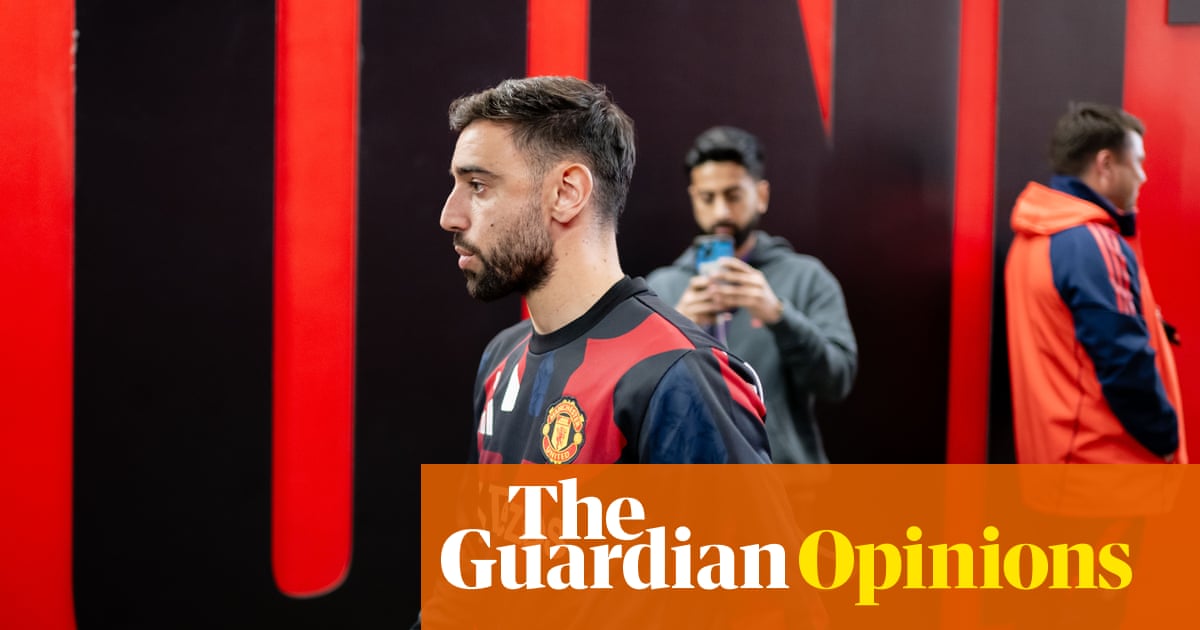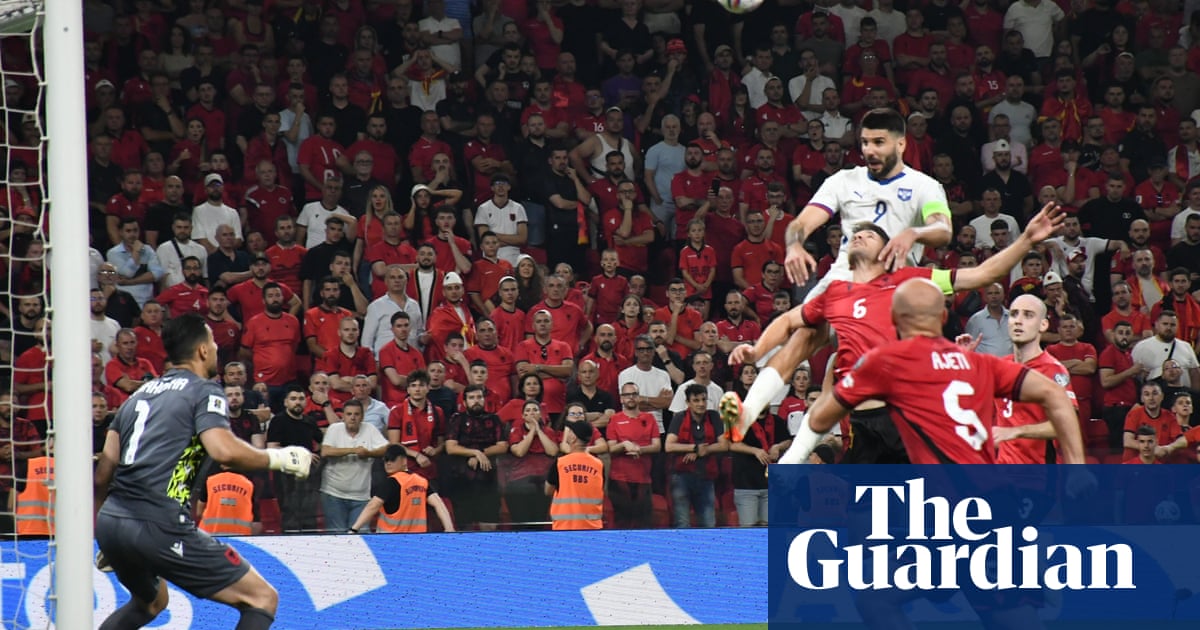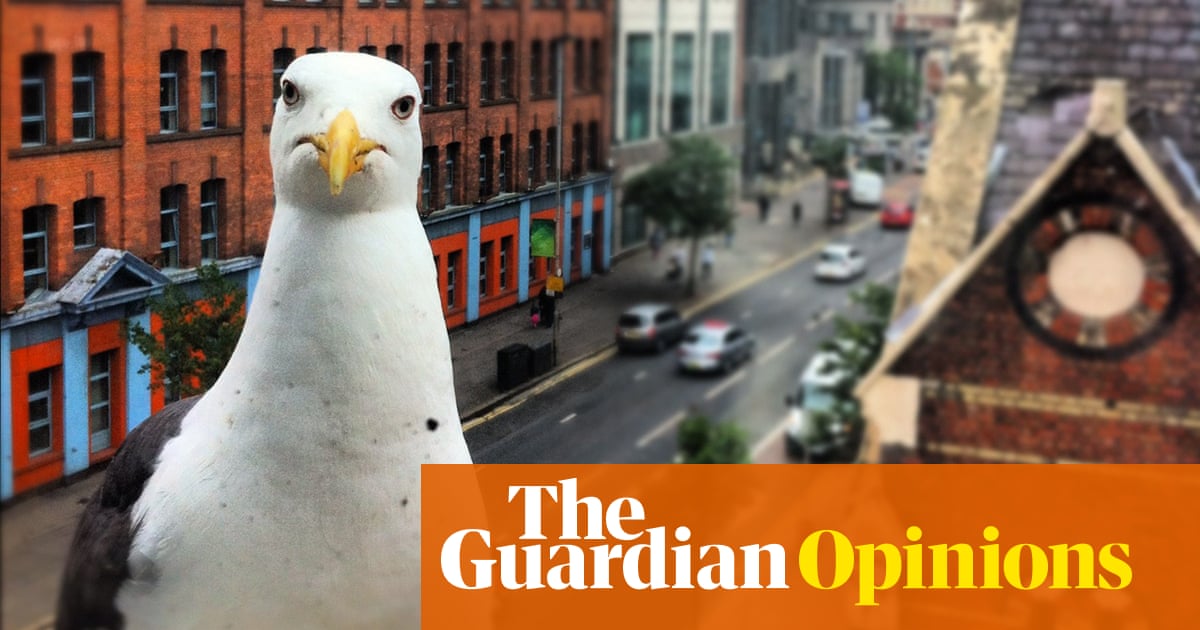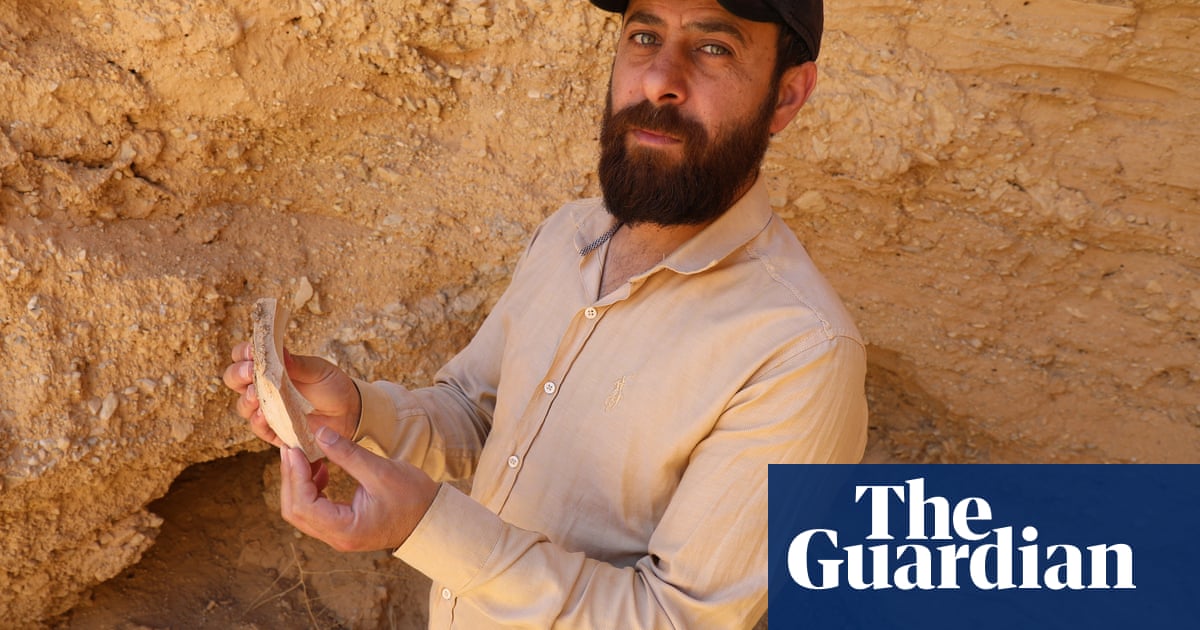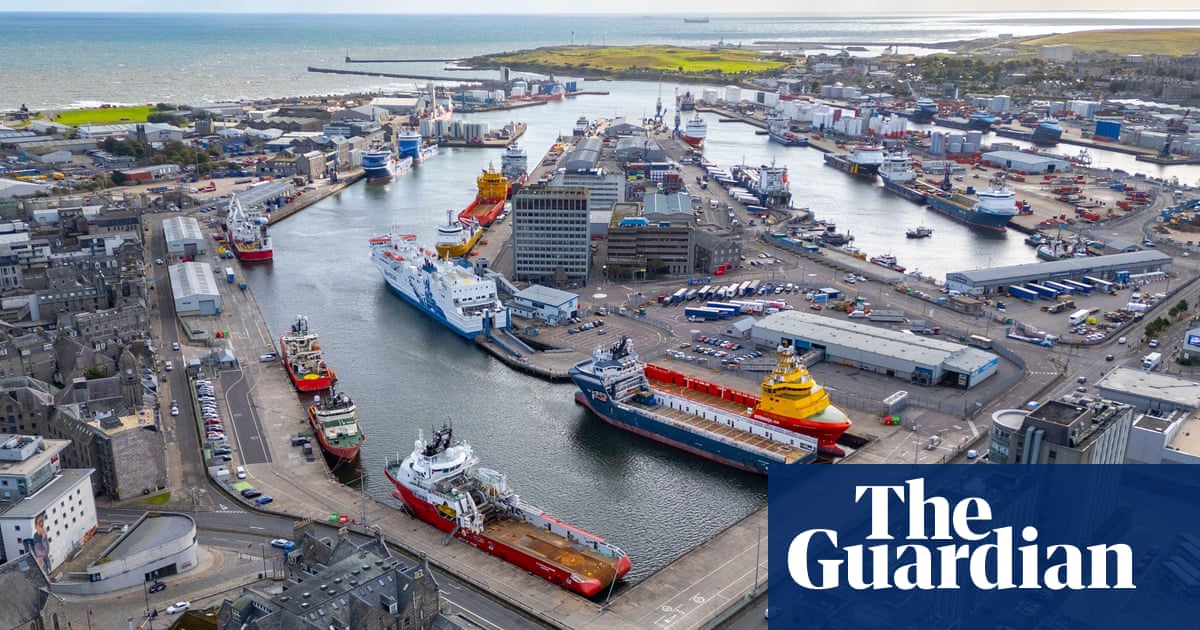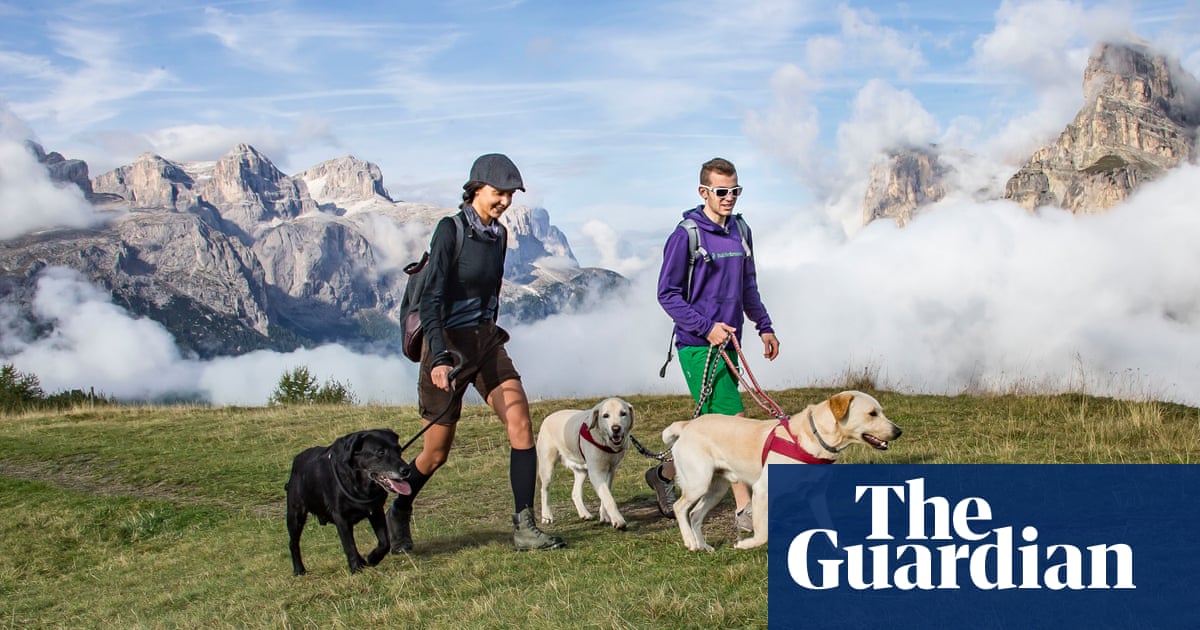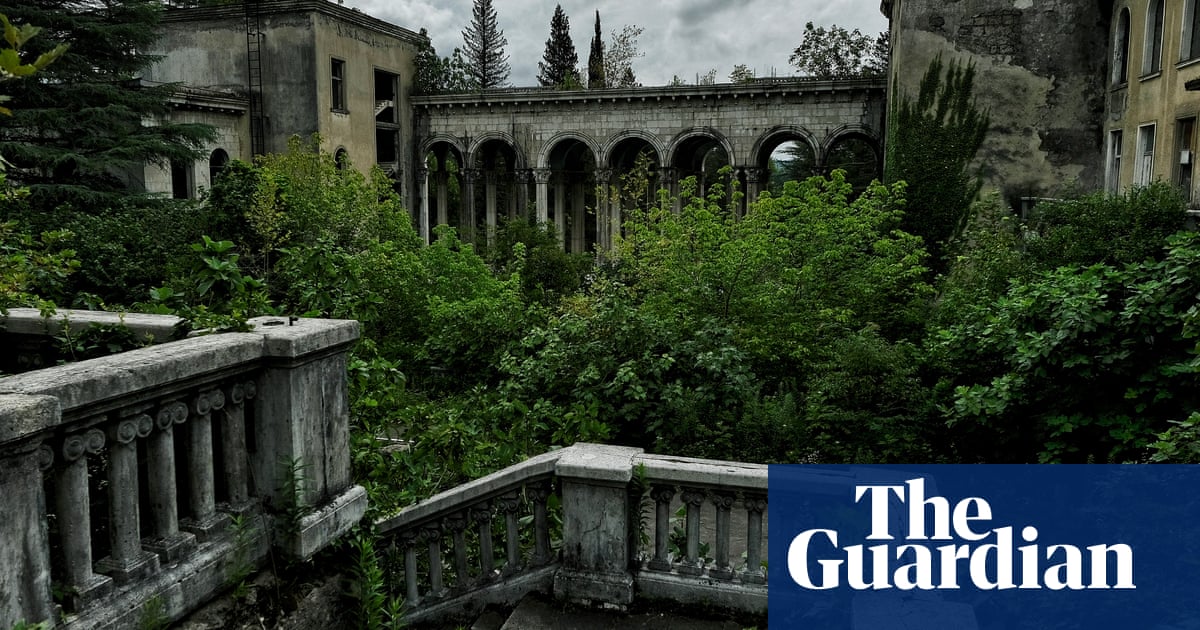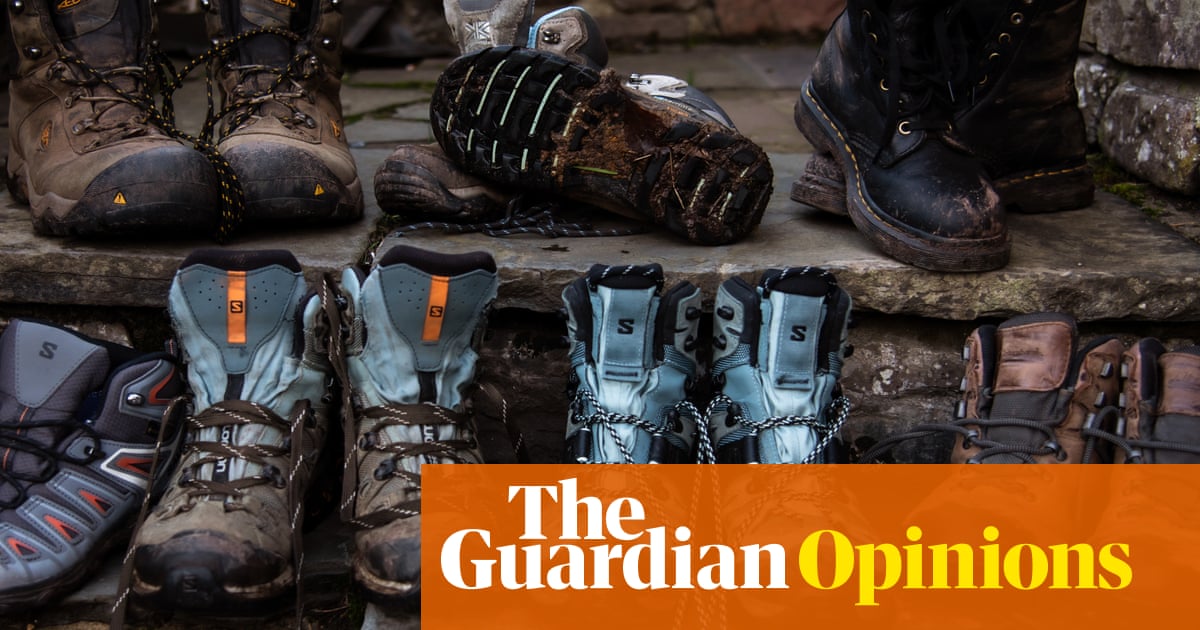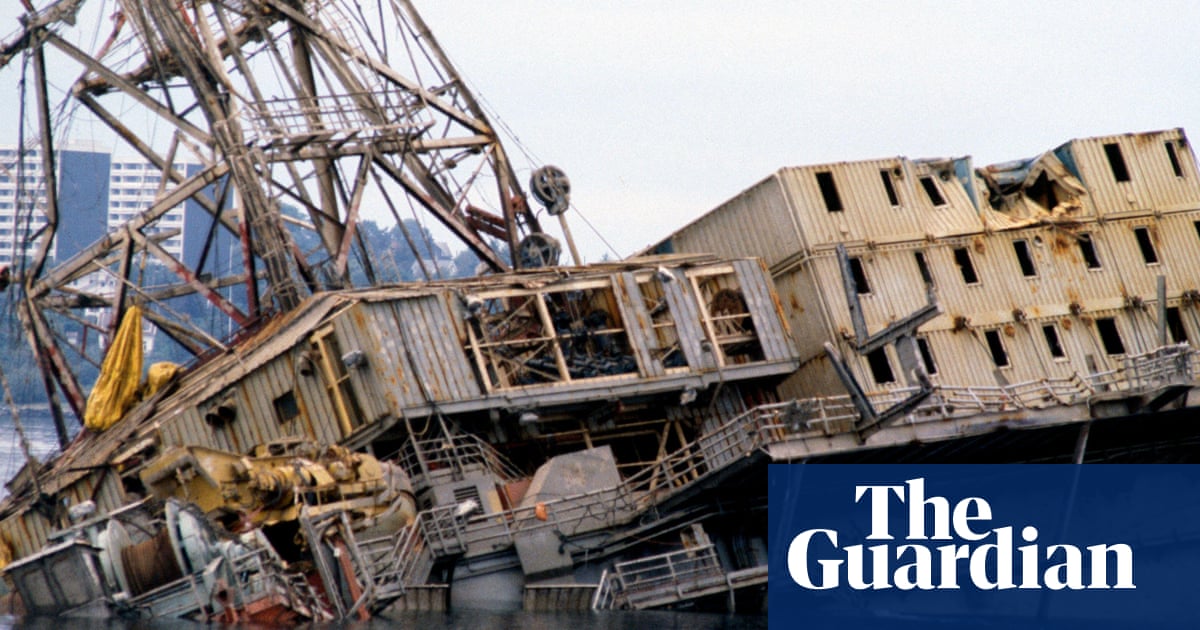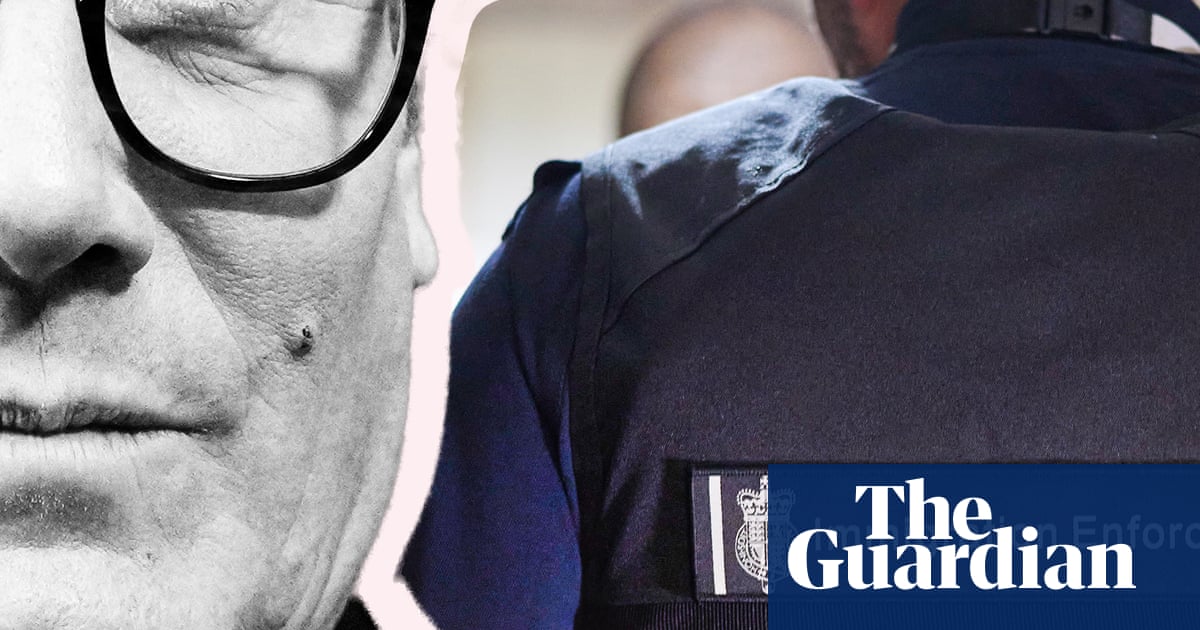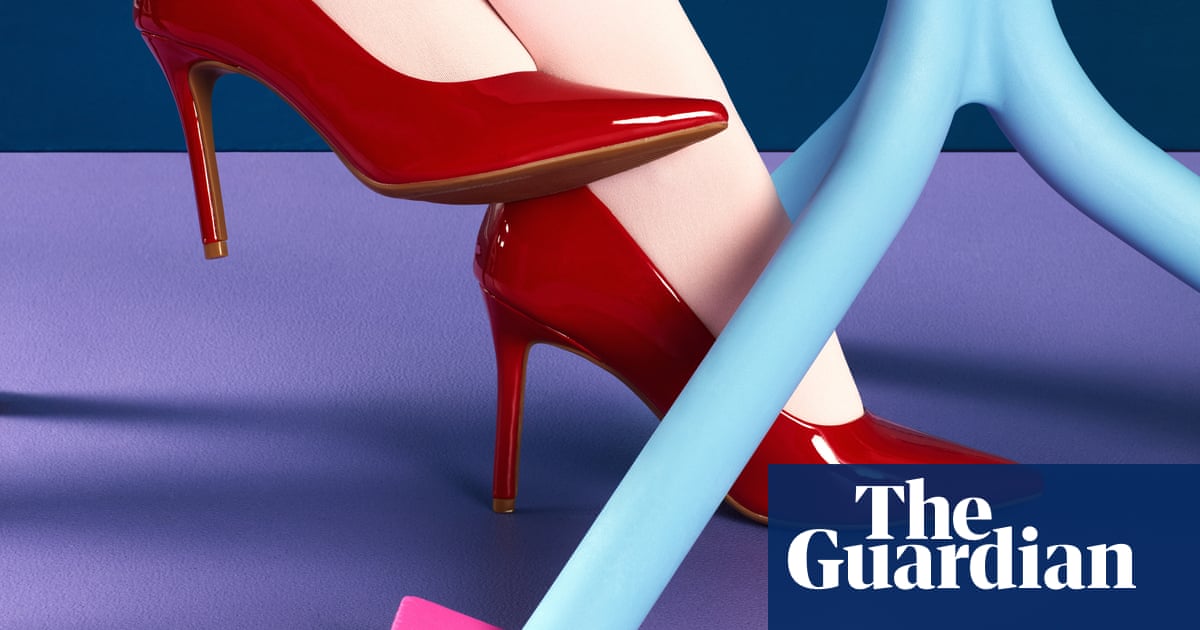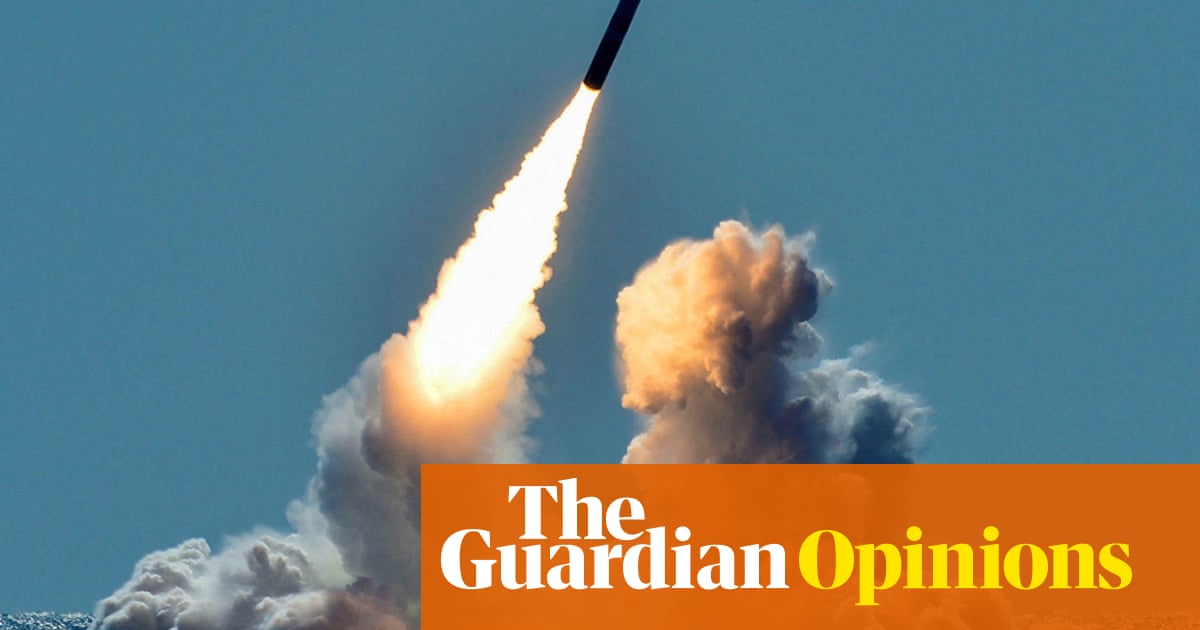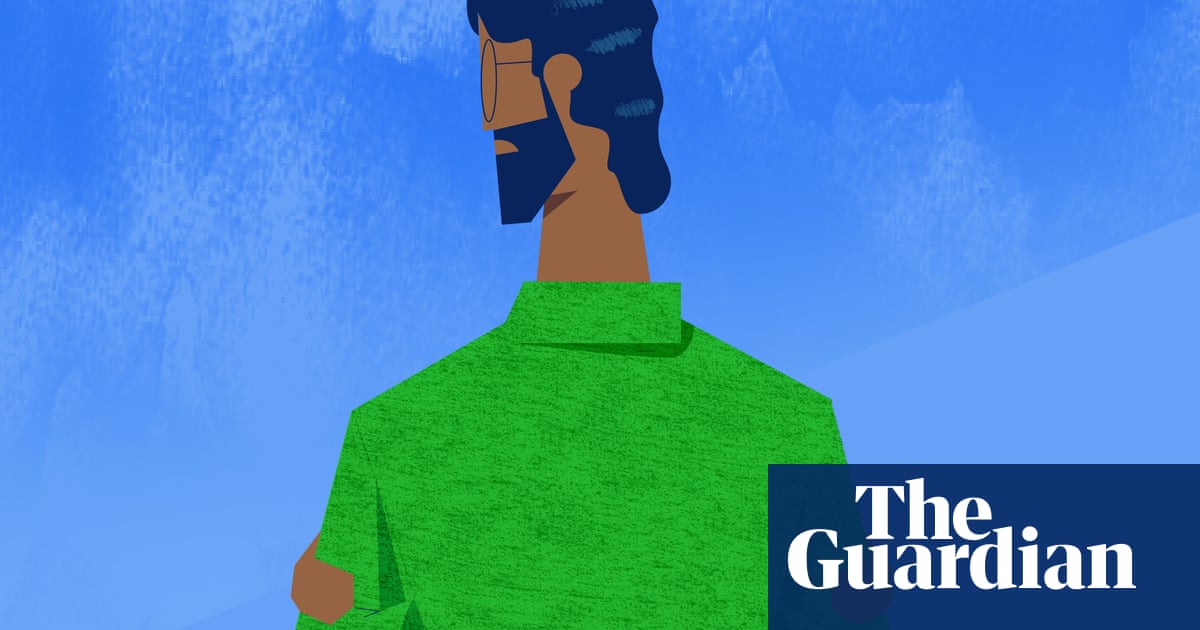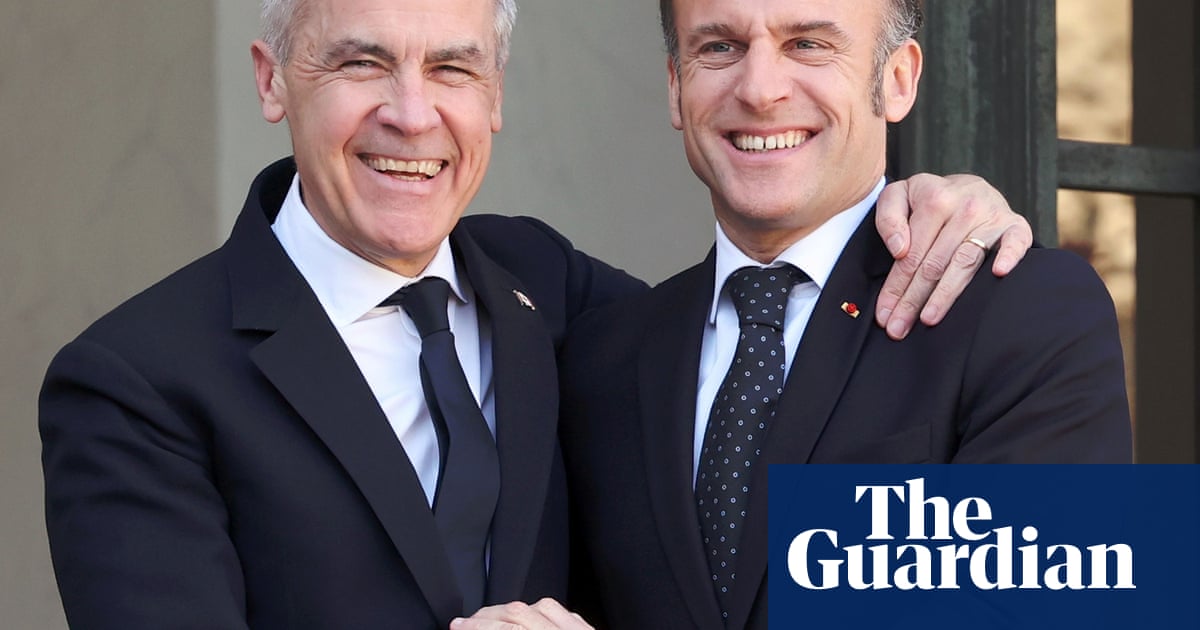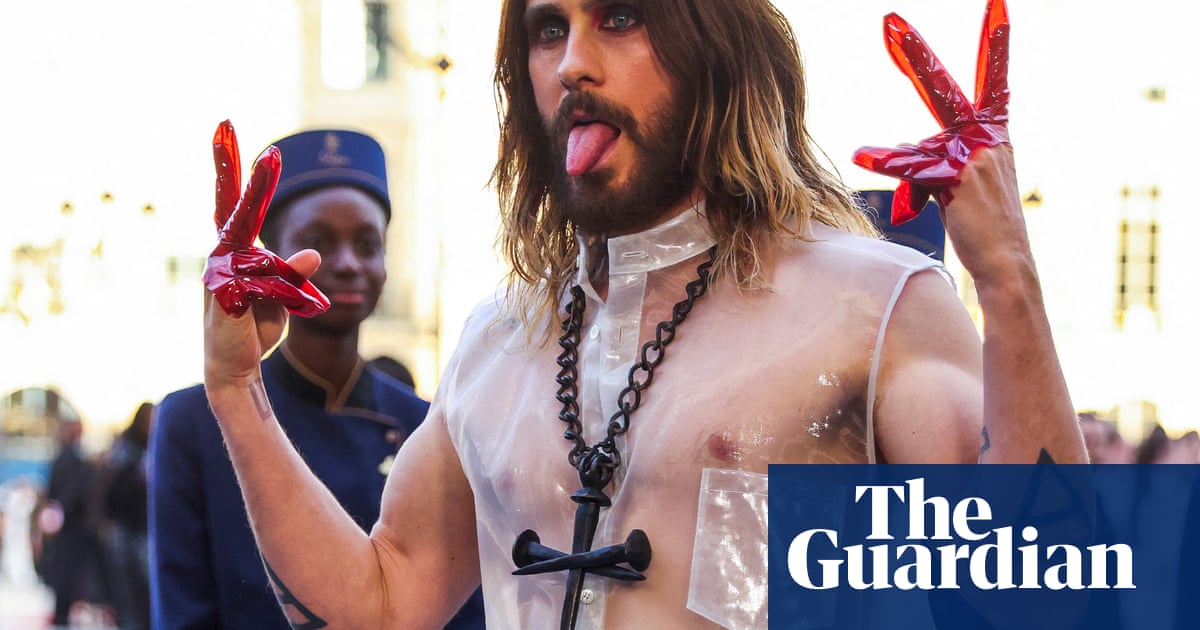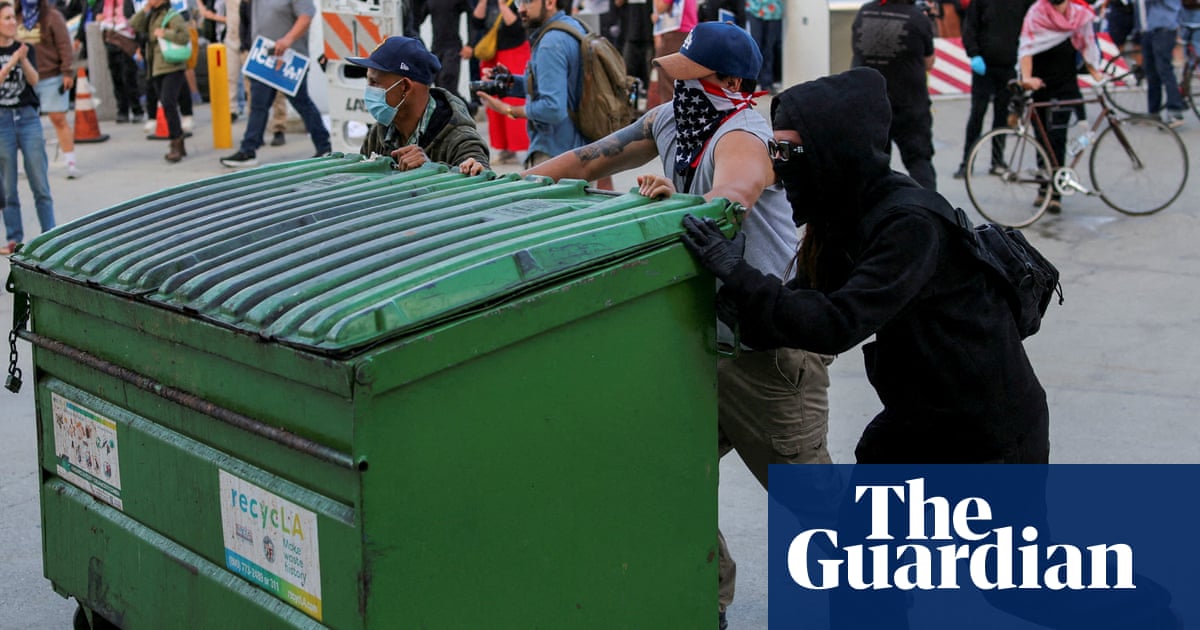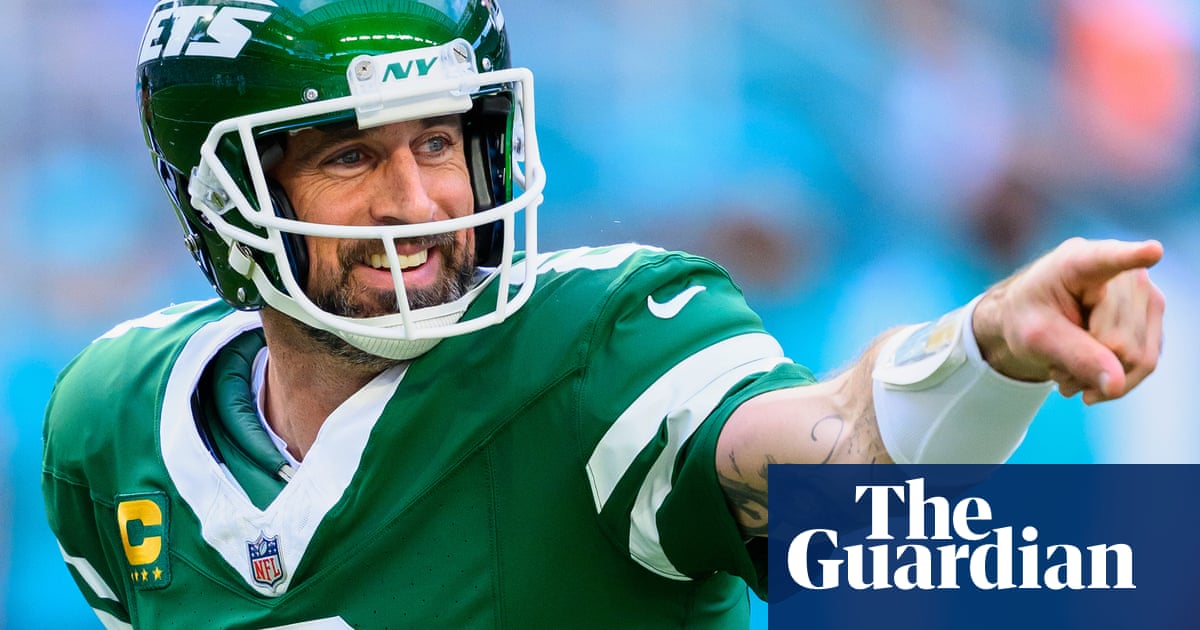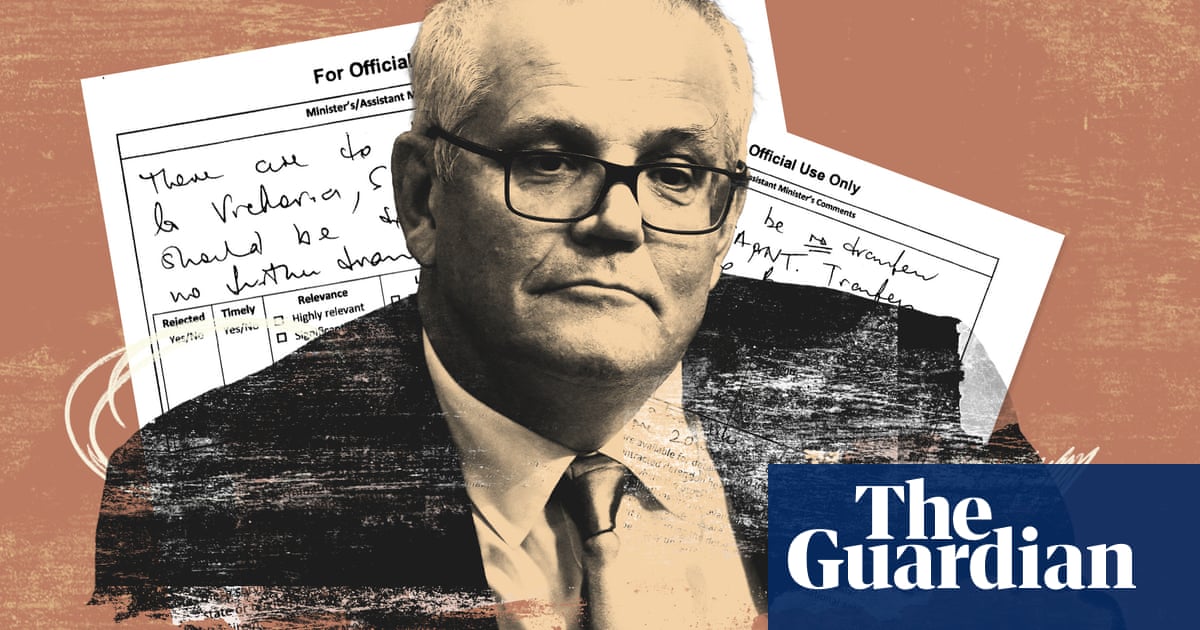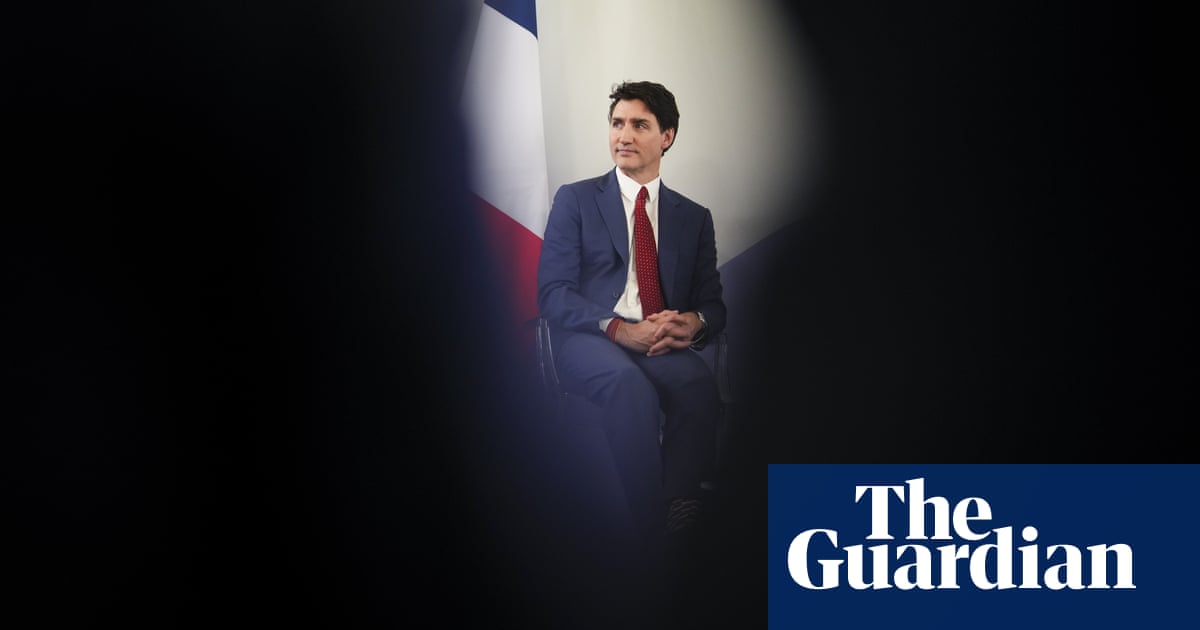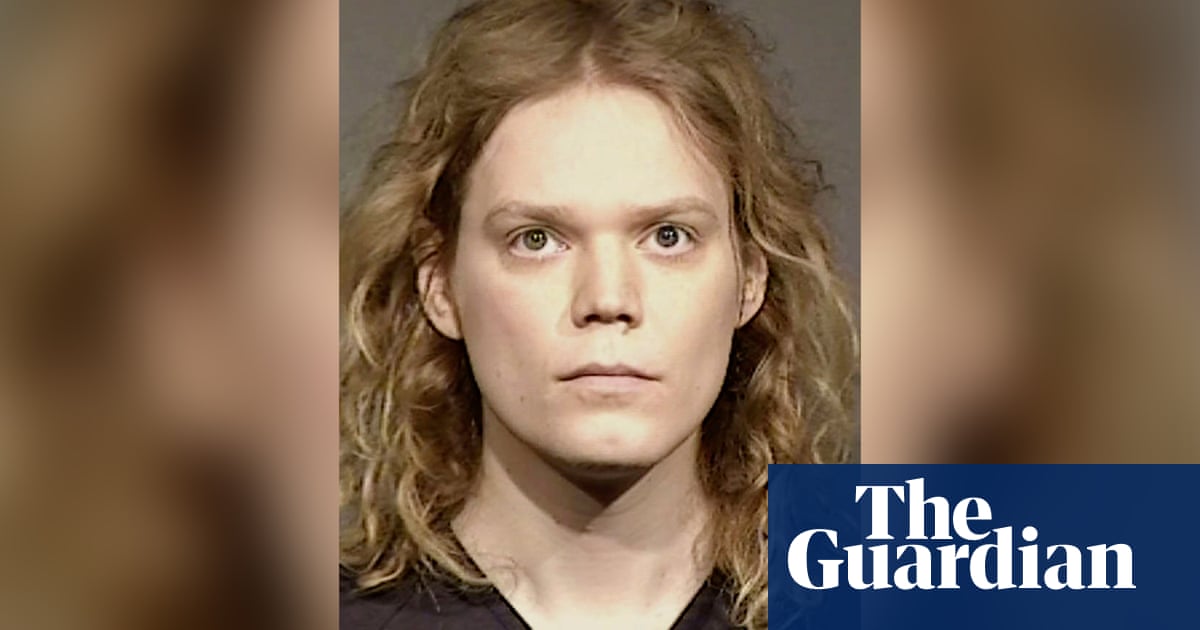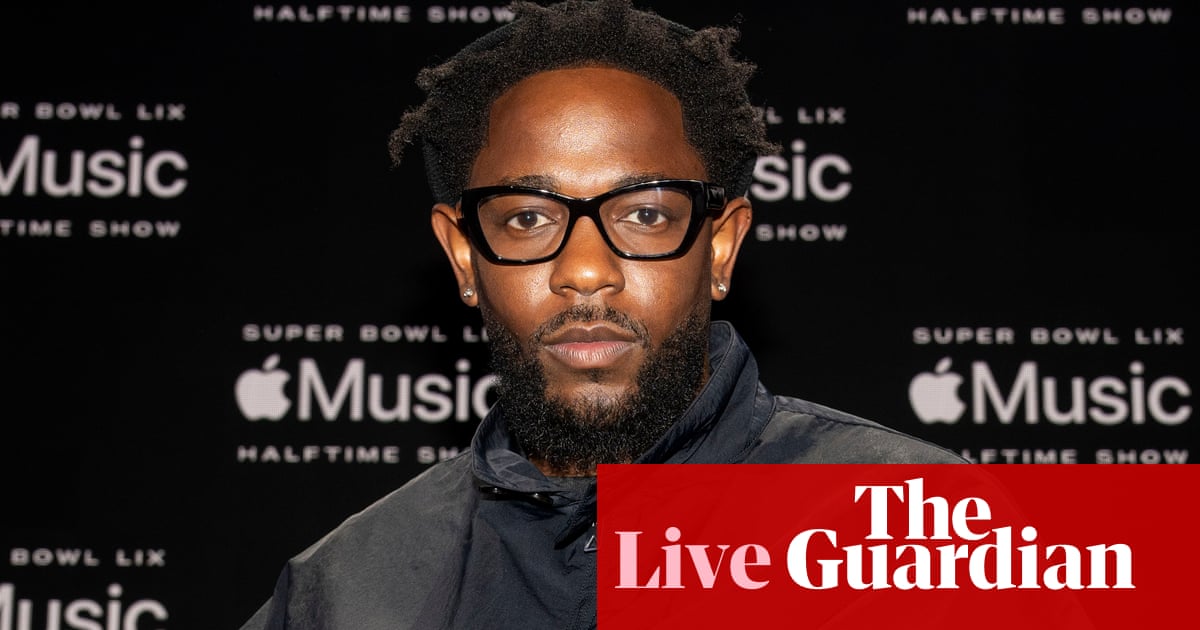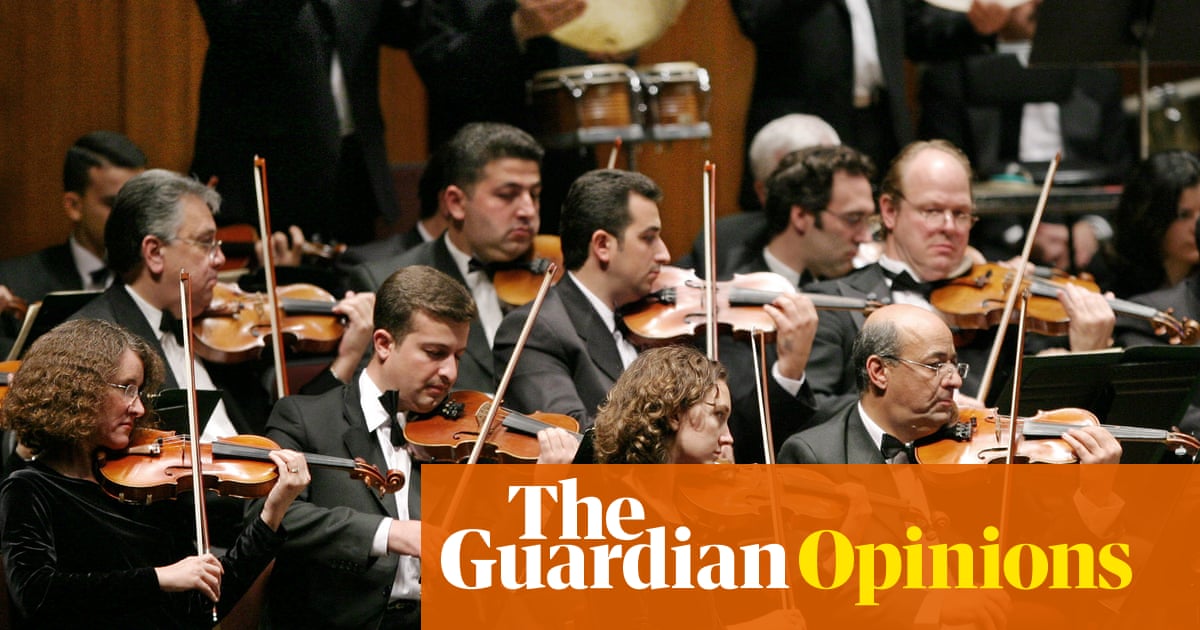When 29 students boarded a bus outside the University of Sydney on a summer night in February 1965, they had no idea the trip would become a defining moment for race relations in Australia.
Inspired by the civil rights movement in the United States, they spent two weeks travelling country New South Wales, calling out racism in towns where cinemas, pools, clubs and shops were segregated or off-limits to Aboriginal people.
The trip became known as the Freedom Ride. Sixty years on, two of the original riders and their descendants spoke to Guardian Australia about its enduring legacy.
Gary Williams, 79, and granddaughter Dalara Williams, 36
Before the Freedom Ride, many of the students had never experienced racism or poverty. But for Gary Williams, one of three Aboriginal people on the trip, it was nothing new.
“This bus trip, for the students, was life altering,” he says. “I’d seen it all before.”
The Gumbaynggirr man grew up in the coastal town of Nambucca Heads, a short drive from Bowraville, where Aboriginal people were denied entry to the pub and made to sit in flimsy wooden seats in the segregated front section of the cinema.

At 17, Gary began an arts degree at the University of Sydney in 1963 alongside Charles Perkins, the charismatic leader of the Freedom Ride who went on to become one of the nation’s most prominent Aboriginal activists.
They were the first Aboriginal students to study at the institution.
They formed a collective of like-minded young scholars called Student Action for Aborigines, from which the idea for the Freedom Ride was born.
“It was a way to bring attention to the situation in the country areas … put a bit of sunlight on it,” Gary says.
Shortly before the bus departed, Gary was called home to deal with a family matter. He rejoined the group at Bowraville, where he was promptly nominated to walk into the local pub and order a beer, in defiance of its segregation policy.
“It was a bit daunting, but you had reporters there and some supporters and photographers, so basically they couldn’t say no,” he recalls.

The photo of Gary sipping a schooner alongside fellow student Brian Aarons – who went on to hold senior communications roles with Reconciliation Australia and the federal government – became a defining image of the tour.
It is an image that Gary’s granddaughter, the actor and playwright Dalara Williams, knows well. She found it as a teenager while scouring family albums to better understand where she came from and who she was.
“Growing up as an Aboriginal kid in this country … you do have this feeling of worthlessness,” says Dalara.
“To see that achievement really brought joy and pride back into my own identity.”
Deterred by the “aggressiveness” of politics, Dalara carved out her career on the stage.
The Nida graduate, who starred alongside Miranda Tapsell in Top End Wedding, will soon make her writing debut with a play about Aboriginal people living in Redfern in the lead-up to the 1967 referendum.
It features a character named Ernie, a law student who was part of the Freedom Ride.
Dalara says she wanted to capture the spirit of those who fought for change in the 1960s.
“Their courage, their freedom of expression and their determination during that time … that’s something that I carry with me to this very day,” she says.
Asked whether her grandfather will be in the audience on opening night, she replies, “I think he has no choice!”

Gary is not one to overstate his achievements.
After the Freedom Ride, he campaigned for the 1967 referendum and helped set up several Aboriginal legal services “and things like that”. He is now head of the Muurrbay Aboriginal language centre at Nambucca Heads.
In Bowraville, “little legacies” of the Freedom Ride remain: there is a house on the edge of town that the students helped build, and a plaque at the refurbished cinema (now open to all) is dedicated to the group.
Racism still exists, Gary says, “but it’s not as open as before”.
“I would say that life’s a little better for the Freedom Ride having happened.”
Ann Curthoys, 79, and son Ned Curthoys, 50
It was on the third day of the trip, in the north-west NSW town of Walgett, that Ann Curthoys began to suspect the Freedom Ride would be more significant than any of the students had imagined.
after newsletter promotion
The group was staging its first protest outside the local RSL, which refused membership to Aboriginal ex-servicemen.
They stood in the hot midday sun, holding placards that read “bullets did not discriminate” and “Good enough for Tobruk. Why not Walgett RSL?”.

Ann’s diary, hand-written each night in her spiral notebook, recounts what happened next.
“After five [pm] a lot more people came to argue with us and it seemed as if half the town was there,” she wrote. “The feeling in the town seemed very excited.”
That night, as the bus left town, they noticed a truck approaching from behind.
“About 3 miles out of town a truck tried to push us off the road,” Ann wrote. “On the third try he scraped the truck along the side of the bus and forced the bus driver to swerve off the road. It tipped slightly but not right over.”
Ann, now 79, says it felt like a “turning point”.
“That’s when we really thought, this is something,” she recalls.
Decades later Ann’s adult son, Ned, would see the now-iconic images of his 19-year-old mother in a smart shift dress, holding a protest sign on a Walgett street.

“She kind of looks unflappable in those photos – I think that’s what struck me,” he says.
“For the students to put themselves out there like that was just incredible.”
During his formative years, Ned says, his mother was reticent to speak about the “incredible hostility” she and the students faced on the trip, but it was generally understood that she had “done something very important” when she was younger.
Ann shrugs this off as a typical parent-child dynamic: “I don’t think parents tell their children anything, really,” she says with a laugh.
That dynamic changed when Ned was in his mid-20s and living back with his parents in Canberra.
He and his mother were both busily writing: Ned was working on his literature PhD, while Ann was compiling a book that would become the definitive account of the Freedom Ride.
“It was lovely, actually,” Ned says. “My mother and I were going for walks, having some chats about the book.”
For Ned – who learned little about Aboriginal Australia at school – the conversations helped fill some of the gaps in his formal education, driving home the gravity of the bus tour and his mother’s role in it.
“It made a huge difference at the time in terms of the struggle against overt discrimination,” he says.

“I’m just really proud of her.”
After the bus quietly returned to Sydney, Ann says the students mostly got on with their “ordinary lives” – though the trip had left its mark.
Several of the Freedom Riders gravitated towards careers that progressed Aboriginal affairs: some as lawyers and teachers, others as health administrators or political campaigners. Ann became an historian, her work often interrogating the origins and nature of racism.
“To me, that’s a significant thing,” she says.
“Because one of the criticisms at the time was everyone was just out for a bit of fun.
“If that was true for anyone at the beginning, it wasn’t by the end.”

 3 months ago
48
3 months ago
48
